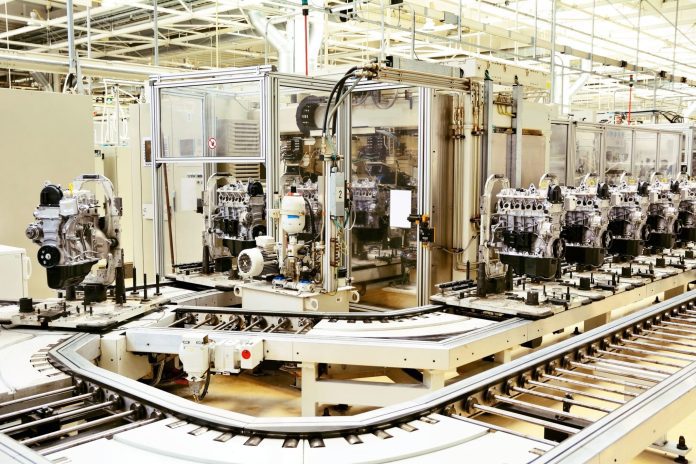Overall Equipment Effectiveness is a key gauge of smart manufacturing ROI
Technology investments are made to solve specific business problems. In our technology-enabled world, enterprises of all sorts are allocating precious capital to make their operations “smart.” For manufacturers, becoming “smart” is about more than investments in digital transformation and the attendant technologies. Smart manufacturing is about the pursuit of continuous process improvement.
Standard key performance indicators like Overall Equipment Effectiveness (OEE) may seem easily solved but can be significantly enhanced by technologies that nest under the broad Industrial Internet of Things (IIoT). However, linking IIoT and other technologies directly to OEE at scale–from the machine- to line- to plant-level–requires a measured, strategic approach. At the end of the day, it doesn’t matter how much data you collect or how quickly you collect that data if you cannot translate it into actionable insights that solve specific business problems.
Defining OEE
Fundamentally, OEE is a math problem. It’s a function of measuring availability (productive time), performance (cycle time), and quality (waste/scrap). By multiplying the percentage of availability, performance and quality, you can derive an OEE score with 100% being the Holy Grail of sorts. The higher the OEE number, the lower the associated costs.
The principal was pioneered by Seiichi Nakajima and serves as the core of key manufacturing methodologies, including Total Productive Maintenance, Lean manufacturing, Six Sigma and World Class Manufacturing. OEE was further developed by the Japan Institute for Plant Maintenance, a nonprofit established in 1969 with the stated goal of “promoting safe, secure and reliable production and maintenance activities, as well as stabilizing and improving quality, in the world of industry through supporting problem-solving related to the enhancement of productivity, equipment-management technologies, and maintenance technologies and skills.”
“What it really comes down to is trying to reduce cost,” explained Rockwell Automation Technical Evangelist Matthew Giordano. “OEE is a way to get a handle on that and get started on that cost reduction. [It] helps us identify where the opportunities are. Unless you are looking at OEE, that is a hard question to answer.”
Drilling down further, we categorize the six big losses beneath the three OEE metrics. Availability covers equipment failures and breakdowns, as well as time spent on setup and adjustment. Performance encapsulates idle time and reduced operational speed. And quality encompasses process defects and reduced yield.
In terms of how a typical manufacturer measures OEE today, “A lot of customers are still in the manual state…using clipboards, gathering manual accounts at the end of the shift or at the end of the day, or matching up material used with what they need to meet for their production goals,” Rockwell Automation Solution Architect Terry Gansen explained in an interview with Enterprise IoT Insights.
He continued: OEE is “utilized as far as matching up their production goals and trying to figure out, if they’re not meeting their orders, what are the potential causes–was it a particular area of the facility, was it a particular process? Then they can start to focus on accounts in specific areas. More and more customers want to forecast ahead and understand if they have the capacity to take on an order. Having better insights into what their current production is allows them to better forecast.”

